Malaysian recipes are perfect for people who want their food bursting with delicious, dynamic, and vibrant flavors.
That’s the reason we have collected the best 30 Malaysian recipes, and they are apt if you are fond of tangy, fragrant, and spicy food.
These recipes are perfect for preparing meals for home and even if you want to entertain your guests at gatherings and parties.
Having said that, all you need is a combination of a few authentic Malaysian ingredients to whip up delicious food.
You Might Also Be Interested in:
Nasi Lemak
Nasi Lemak is often hailed as Malaysia’s national dish, and for good reason.
This fragrant dish revolves around coconut milk-infused rice, steamed to perfection with pandan leaves, resulting in a subtly sweet aroma.
Served with a medley of accompaniments, such as sambal, crispy fried anchovies, roasted peanuts, cucumber slices, and a hard-boiled or fried egg,
Its popularity spans all meals, from breakfast to dinner, and reflects the nation’s love for rich, harmonious food experiences.
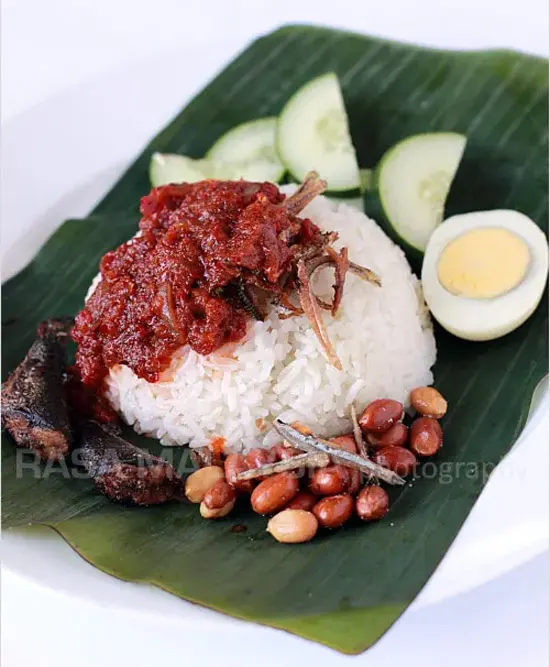
Rendang
Rendang is a rich dish that originated from the Minangkabau ethnic group of Indonesia but is celebrated as a Malaysian favorite as well.
This dish has beef stewed in a concoction of coconut milk and an array of aromatic spices, creating a tender, succulent texture and a deep, complex taste.
The extended cooking process allows the meat to soak up the intense flavors, resulting in a dish that’s as much a culinary masterpiece as it is a cultural icon.
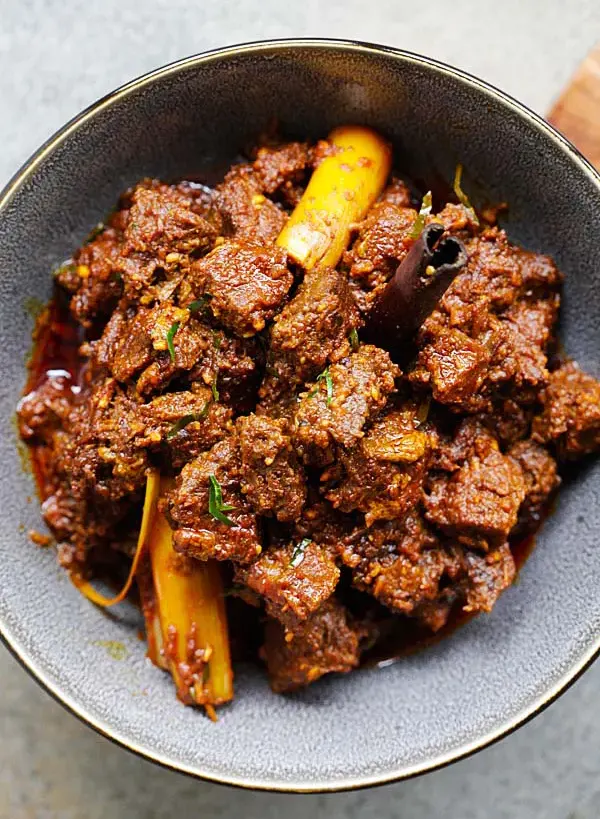
Char Kway Teow
A wok fried delight that represents the essence of Malaysian street food, Char Kway Teow is a noodle dish that’s both satisfying and indulgent.
Flat rice noodles are stir-fried with shrimp, sausage, egg, bean sprouts, and chives, all seasoned with soy sauce, chili paste, and a touch of sweetness.
The dish’s smoky aroma and the melding of ingredients create a harmonious dish.
It is a testament to the skill of the street food vendors who’ve perfected its preparation over generations.
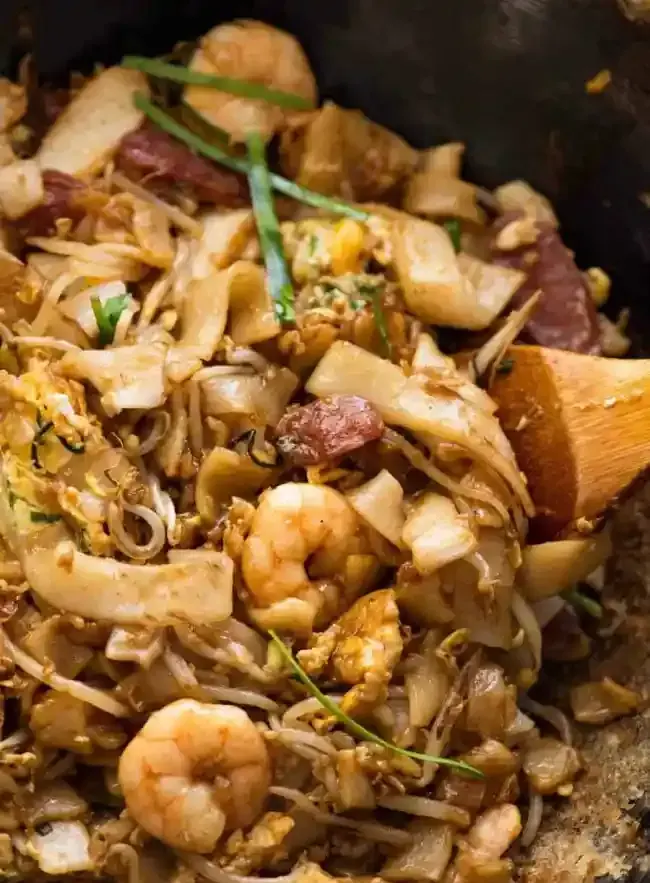
Roti Canai
Roti Canai is beloved Malaysian bread that’s as much an art form as it is sustenance.
The dough is stretched, flipped, and folded, resulting in a thin and slightly crispy flatbread that’s perfect for dipping in curries or enjoying with a side of dhal.
Its versatility allows it to be enjoyed at breakfast, as a snack, or even as part of a main meal.
The act of watching the roti canai maker expertly manipulate the dough on a griddle has become a captivating cultural experience in itself.

Laksa
A dish that showcases Malaysia’s diverse culinary heritage, Laksa is available in various regional variations, each with its own unique twist.
Generally, laksa consists of a hearty, spicy broth made from a blend of aromatic spices, coconut milk, and either seafood, chicken, or tofu.
The dish is completed with rice vermicelli noodles, bean sprouts, hard-boiled egg, and often fresh herbs such as coriander and mint.
Its medley of flavors, ranging from spicy to tangy, and its ability to warm both heart and stomach, make laksa a comfort food that reflects Malaysia’s culture.
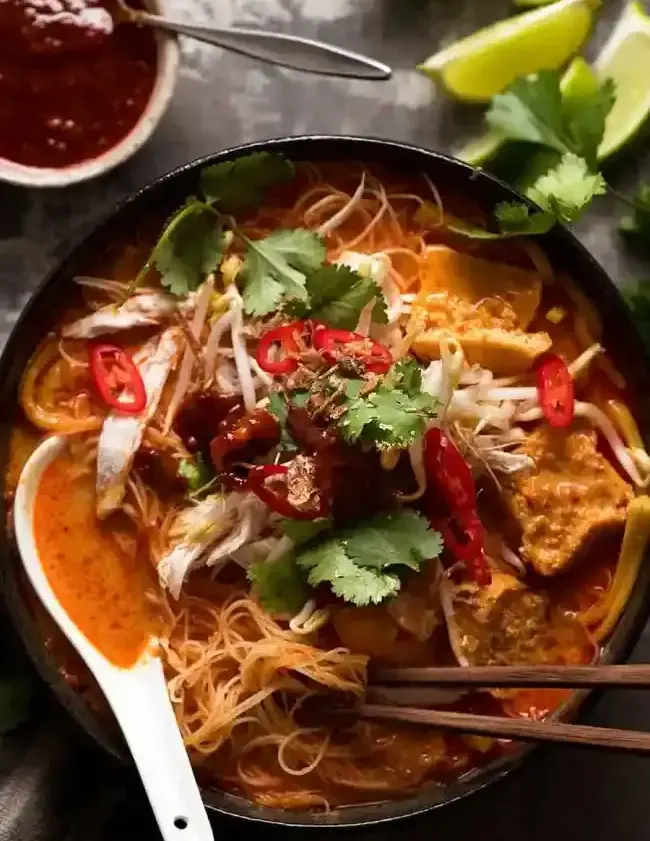
Hainanese Chicken Rice
This dish reflects the influence of the Hainanese Chinese community in Malaysia. It’s a seemingly simple yet incredibly flavorful preparation.
Poached or steamed chicken is served atop fragrant, oily rice that has been cooked with chicken broth and aromatics.
The dish is often accompanied by chili sauce and ginger paste, creating a harmonious balance of flavors.
Hainanese Chicken Rice is a comfort food that has found a special place in the hearts of Malaysians and has become a staple in the culinary landscape.

Satay
Satay is a beloved Malaysian dish that has become a symbol of the country’s vibrant street food culture.
Skewers of marinated and grilled meat, often chicken, beef, or lamb, are served with a luscious peanut sauce that’s rich, nutty, and slightly sweet.
The meat is seasoned with different spices, which can include turmeric, coriander, and cumin, lending depth and flavor to every bite.
Satay is not just about the delicious food, but also about the experience of enjoying it from roadside stalls, with a side of rice cakes or sliced cucumbers.
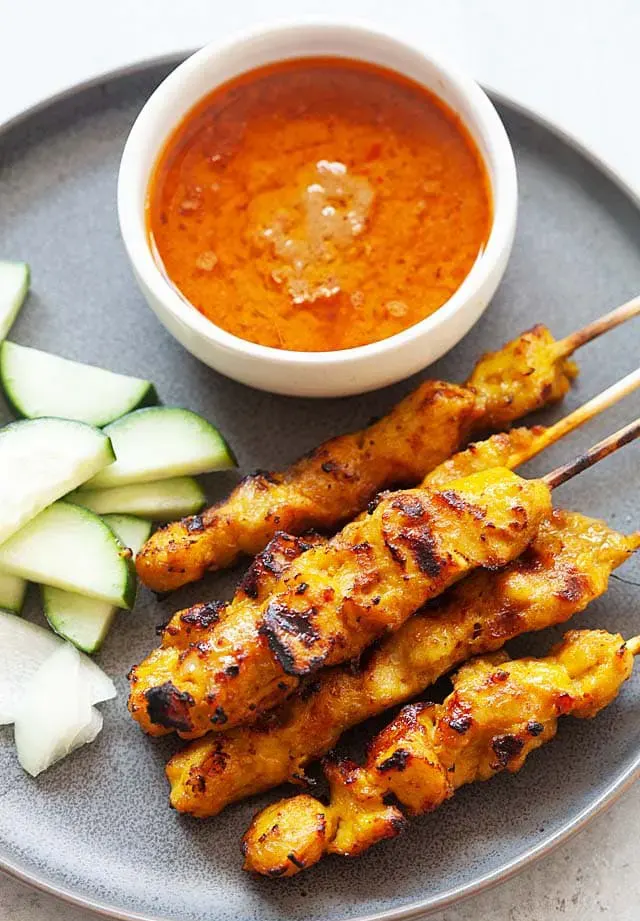
Nasi Goreng
Cooked rice is stir fried with an assortment of ingredients, including vegetables, meat, seafood, and eggs.
The dish is brought to life with a combination of sauces such as soy sauce, kecap manis (sweet soy sauce), and sometimes chili paste for added heat.
Nasi Goreng is a versatile dish that can vary greatly from one household or eatery to another, allowing for customization based on and available ingredients.
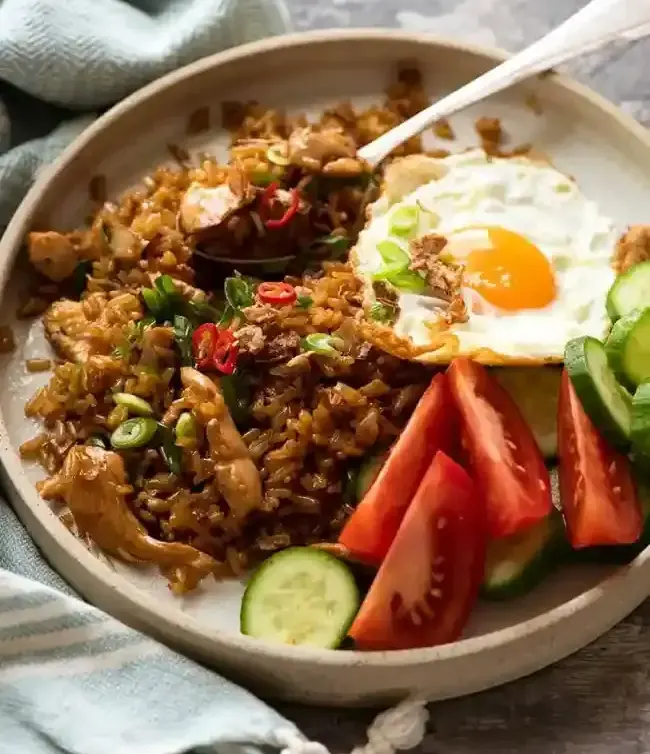
Mee Goreng
Mee Goreng translates to “fried noodles,” and this dish captures the essence of bold Malaysian flavors.
Egg noodles are stir fried with a mix of ingredients such as shrimp, tofu, vegetables, and often a fried egg on top.
The noodles are tossed in a flavorful sauce that usually includes a blend of tomato ketchup, chili paste, soy sauce, and tamarind for a tangy kick.
Mee Goreng offers a delightful interplay of textures and tastes, making it a favorite among locals and visitors alike.
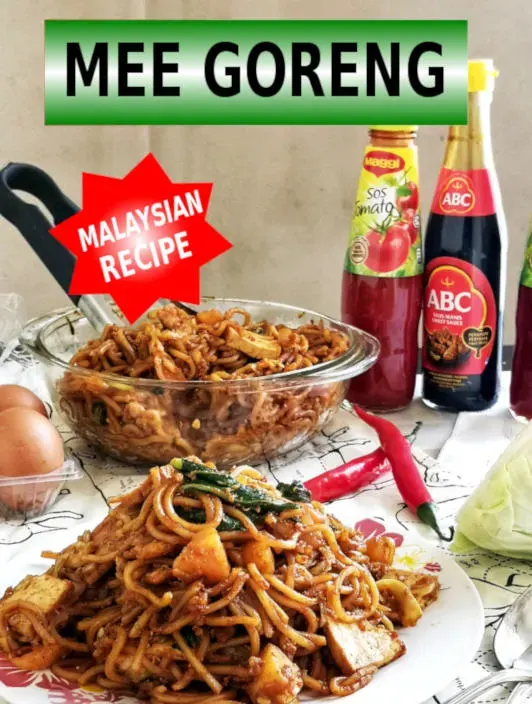
Penang Rojak
Rojak is a unique salad that combines an assortment of fruits, vegetables, and other ingredients to create a harmonious blend of flavors.
Penang Rojak, specifically, features fruits like pineapple, cucumber, and jicama, as well as tofu and dough fritter.
The dish is elevated with a sweet, spicy, and tangy shrimp paste dressing that ties everything together.
Penang Rojak embodies the balance of sweet, savory, and spicy elements that Malaysian cuisine is renowned for, resulting in a refreshing and appetizing dish.
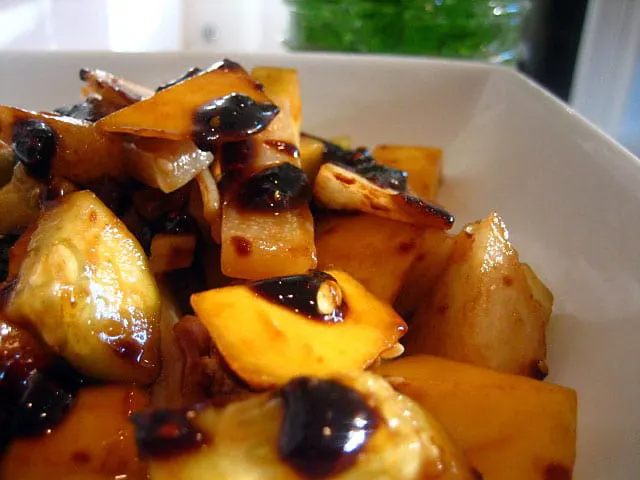
Ayam Percik
Ayam Percik is a traditional dish from the northeastern state of Kelantan in Malaysia.
It features grilled or roasted chicken that’s been marinated in spices, coconut milk, and turmeric.
The marinade infuses the chicken with a fragrant aroma and a rich, creamy taste.
Ayam Percik is often enjoyed with rice and a side of spicy peanut sauce or a tangy sambal.
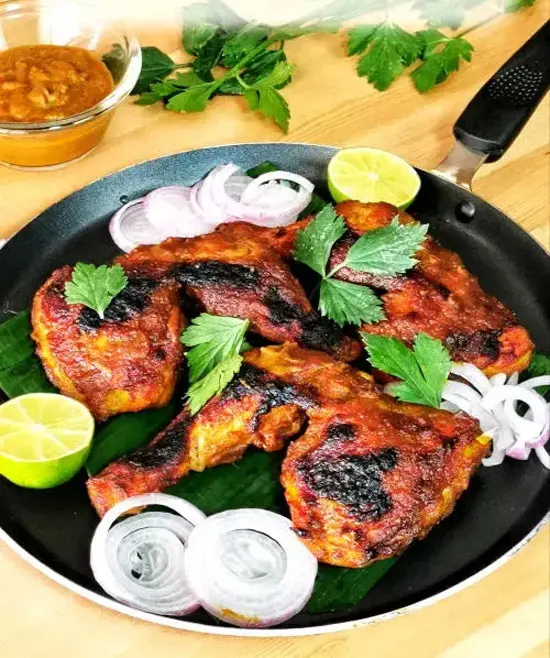
Mee Rebus
Mee Rebus is a hearty noodle dish that boasts thick, savory gravy made from a combination of sweet potatoes, shrimp, and spices.
Egg noodles are served in gravy, topped with boiled eggs, fried tofu, bean sprouts, and sometimes a sprinkling of crispy shallots.
The result is a medley of flavors and textures that come together to create a comfort food dish that’s both satisfying and flavorful.
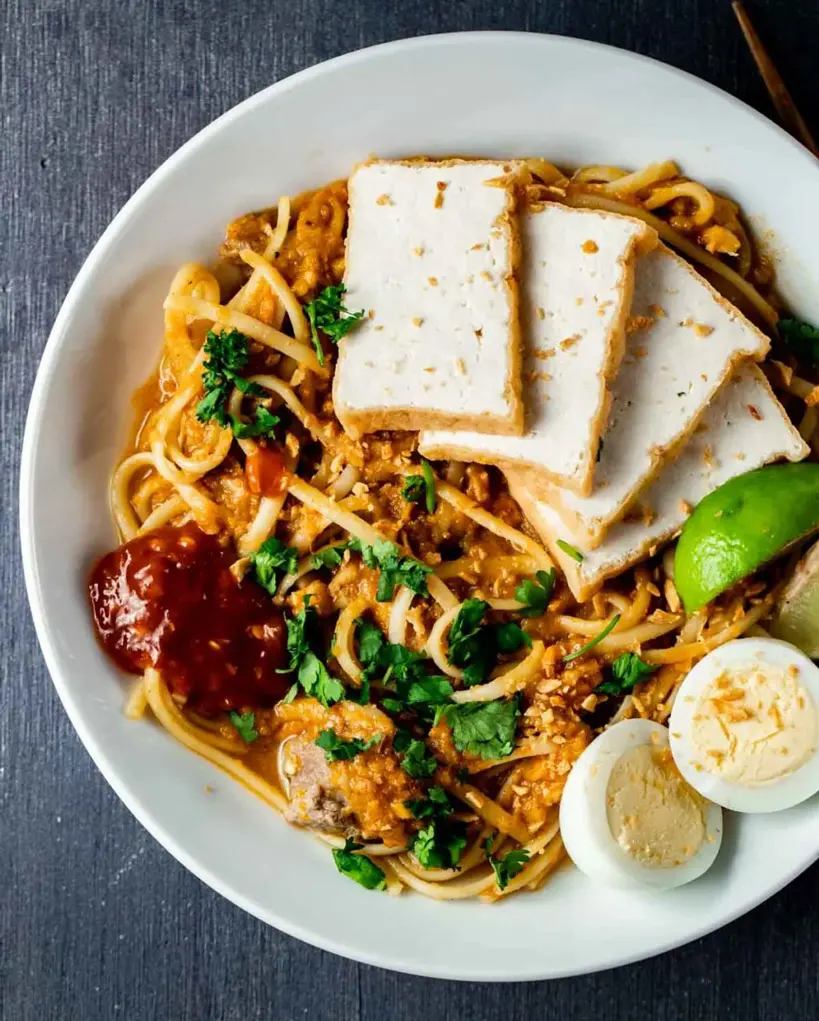
Malaysian Biryani
Malaysian Biryani is a testament to the country’s cultural diversity, as it brings together Indian and Malay influences into a single dish.
This fragrant rice dish is typically made with long grain Basmati rice cooked with a blend of spices, including cinnamon, cloves, cardamom, and saffron.
The rice is often layered with marinated and cooked meat, such as chicken, beef, or mutton, creating a multi layered explosion of flavors.
Biryani is a celebratory dish often enjoyed during festive occasions.
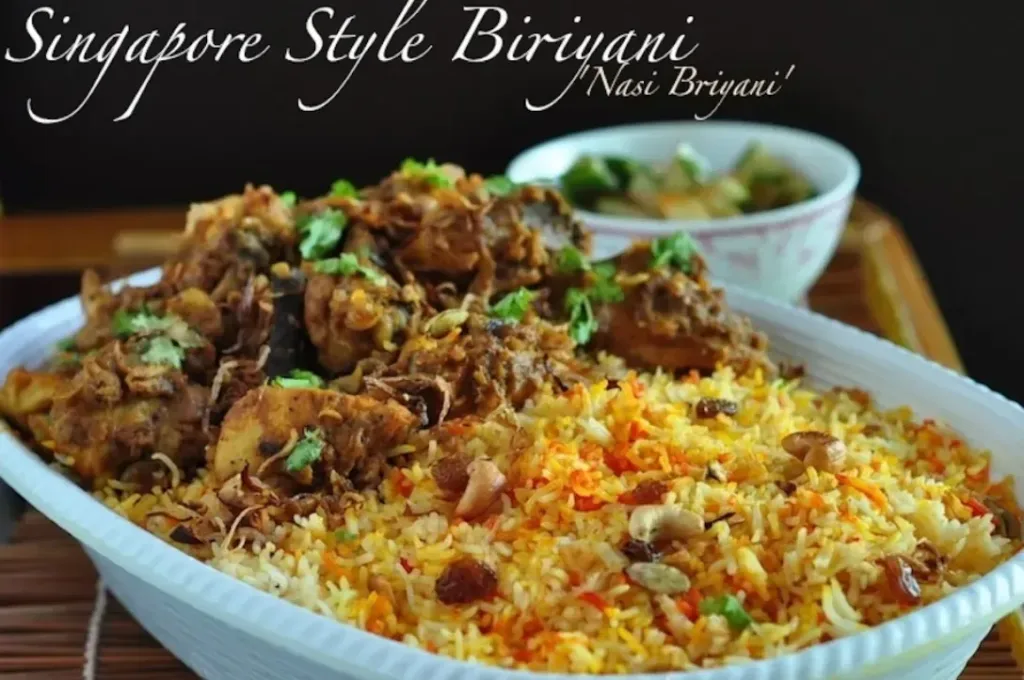
Asam Pedas
Asam Pedas, which translates to “sour and spicy,” is a popular Malay dish with a tantalizing combination of flavors.
It’s a sour and spicy stew often made with fish, typically mackerel, cooked in a tamarind based broth infused with a mix of aromatic spices.
The result is a balance between the sourness of tamarind and the heat of chili peppers.
The dish can include an array of vegetables and herbs to add depth and freshness to the flavors.
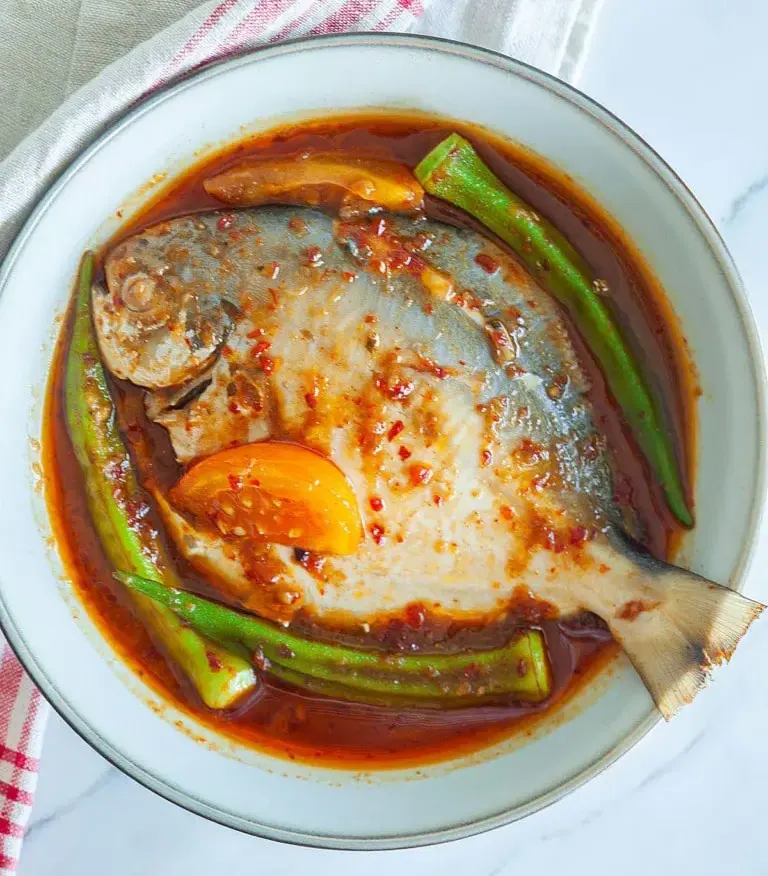
Otak Otak
Otak Otak is a flavorful dish that involves a mixture of fish or seafood, spices, and herbs wrapped in banana leaves and then grilled or steamed.
The combination of ingredients creates a fragrant and moist mixture that’s both spicy and aromatic.
Otak Otak can include fish, prawns, or even squid, all blended with ingredients like coconut milk, chili paste, lemongrass, and turmeric.
The result is a delightful marriage of flavors and textures that’s enjoyed as a snack or appetizer.

Prawn Mee
Prawn Mee, also known as Hokkien Mee, is a popular noodle dish that’s rich in flavor and texture.
This dish features a combination of yellow egg noodles and rice vermicelli served in a broth made from prawns and pork bones.
The broth is enhanced with shrimp paste, giving it a distinctive umami taste. The dish is garnished with prawns, boiled egg, bean sprouts, and fried shallots.
Prawn Mee offers a satisfying contrast between the savory broth, the tender prawns, and the chewy noodles.

Lontong
Lontong is a traditional Malaysian dish made from compressed rice cakes that are wrapped in banana leaves and then boiled until firm.
The rice cakes are sliced into bite sized pieces and served with a flavorful coconut milk-based stew, which can include vegetables, tofu, and meat.
Lontong is often enjoyed with a spicy peanut sauce and is known for its unique blend of textures and rich flavors.
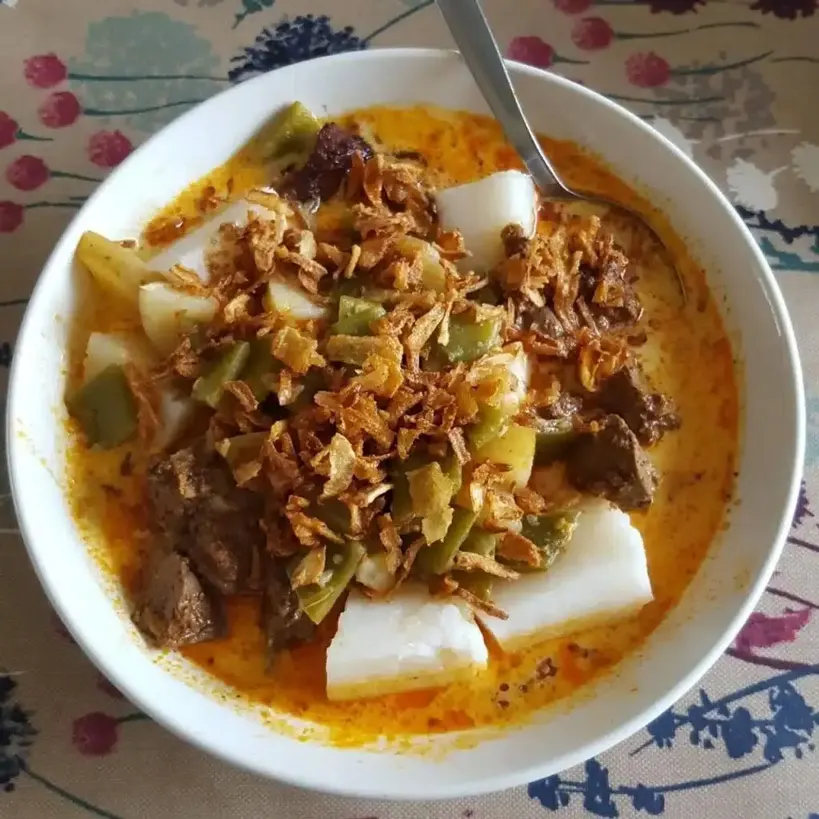
Rojak
Rojak is a classic Malaysian salad that showcases the country’s love for combining diverse flavors and ingredients.
This dish typically features a mix of fruits and vegetables such as pineapple, cucumber, jicama, and sometimes even fried dough fritters.
The ingredients are then tossed with a pungent shrimp paste dressing that’s balanced with tamarind, chili, and a touch of sweetness.
Rojak delivers a harmonious blend of sweet, sour, spicy, and umami flavors in every bite.

Sup Kambing
Sup Kambing, or mutton soup, is a hearty and comforting dish that’s often enjoyed during cooler evenings.
This aromatic soup features tender pieces of mutton or goat meat, simmered in a flavorful broth with a blend of spices.
The soup may include ingredients like potatoes, carrots, and tomatoes, creating a nourishing and satisfying meal.
Sup Kambing is typically served with a side of rice or bread, making it a staple comfort food.
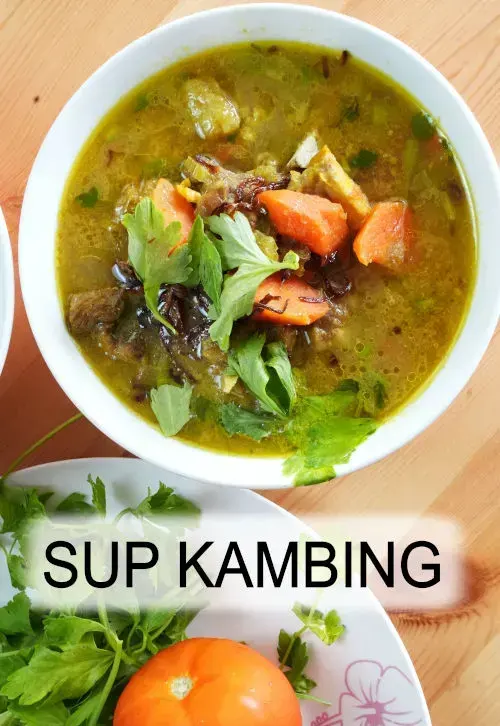
Murtabak
Murtabak is a popular Malaysian street food that combines the richness of flatbread with a flavorful filling.
It’s made by wrapping dough around a mixture of minced meat (usually beef or chicken) and onions, often seasoned with spices like curry powder and cumin.
The filled dough is then pan fried until crispy and golden brown.
Murtabak is often served with a side of pickled onions or cucumber and a spicy dipping sauce, creating a delightful blend of textures and tastes.
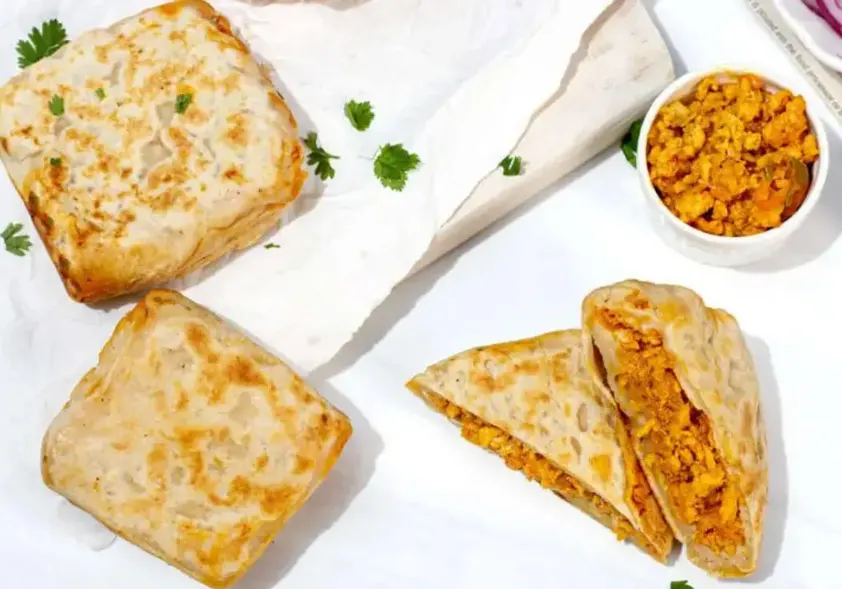
Kerabu
Kerabu is a category of Malaysian salads that vary in ingredients and flavors, but they all share a vibrant and refreshing quality.
Kerabu salads are typically made with ingredients like vegetables, herbs, and sometimes seafood or meat, all tossed in a tangy and spicy dressing.
The dressing often includes ingredients like lime juice, fish sauce, chili, and shallots, creating a zesty and aromatic explosion of flavors.
Kerabu salads showcase the importance of herbs and fresh ingredients in Malaysian cuisine.
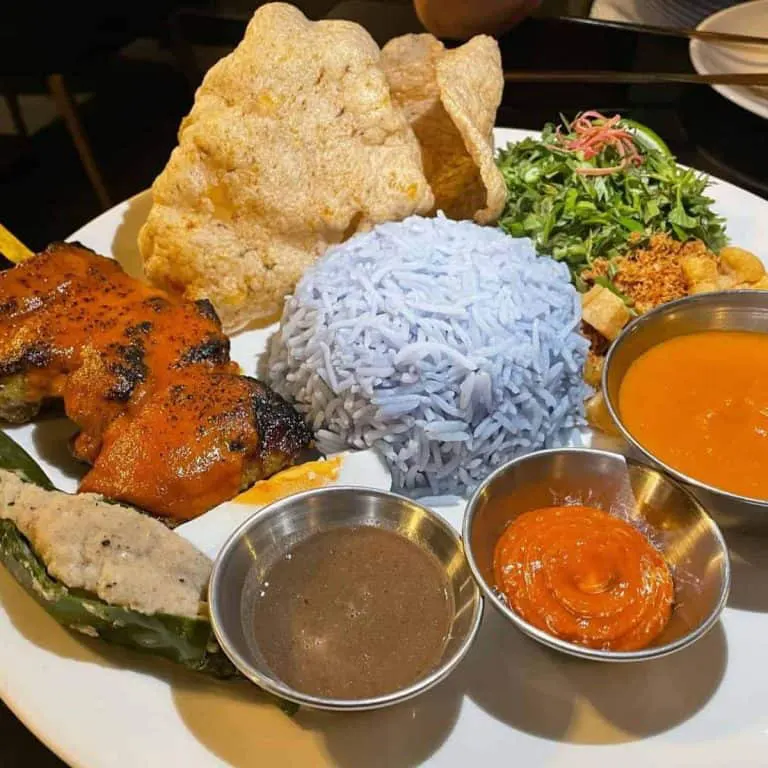
Acar
Acar is a type of pickled salad that’s popular in Malaysian cuisine.
It has cucumbers, carrots, and sometimes pineapple or shallots, which are pickled in a tangy and spicy blend of vinegar, sugar, and chili.
The result is a dish that’s both refreshing and appetizing, offering a balance of flavors that’s perfect as a side dish or condiment.

Cendol
Cendol is a beloved Malaysian dessert that offers a delightful respite from the heat.
This chilled treat features green jelly-like strands made from rice flour and pandan leaves, served in a bowl with palm sugar syrup and coconut milk.
It’s often accompanied by ingredients like red beans and sweet corn, adding texture and flavor to the dessert.
Cendol is a perfect example of Malaysia’s ability to create refreshing and unique desserts.

Kuih Lapis
Kuih Lapis, also known as layered cake or rainbow cake, is a visually stunning traditional dessert.
It’s made by layering different colored rice flour and coconut milk mixtures to create a multi-layered effect.
The layers are steamed one by one to achieve the distinct look.
Kuih Lapis can have a subtly sweet and coco nutty flavor, making it a delightful treat that’s as beautiful as it is delicious.

Kaya Toast
Kaya Toast is a beloved Malaysian breakfast item that showcases the country’s unique spreads and flavors.
It consists of toasted bread slices that are generously slathered with kaya, a sweet and creamy spread made from eggs, sugar, and coconut milk.
Kaya Toast is often enjoyed with boiled eggs and a cup of coffee or tea, creating a harmonious breakfast combination that’s both comforting and delicious.
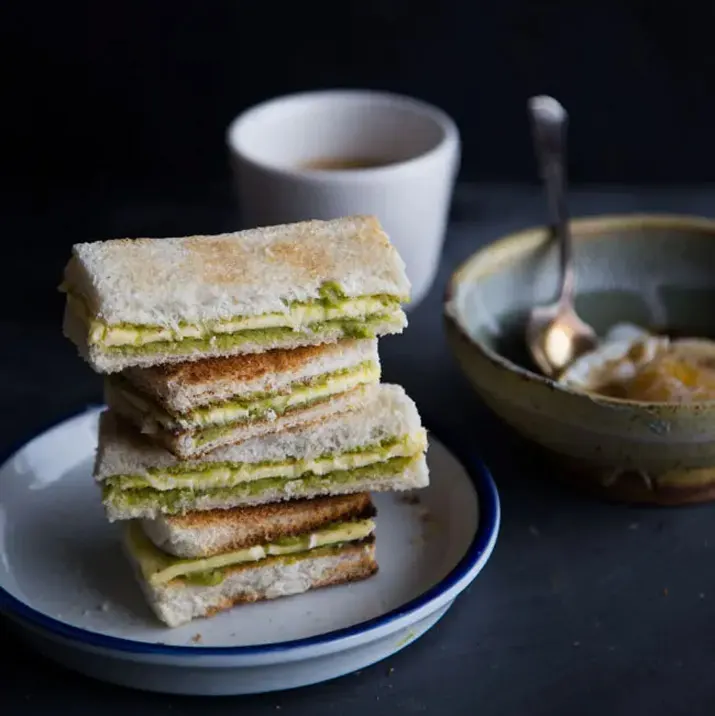
Pisang Goreng
Pisang Goreng are the fried banana fritters, which is a popular snack or dessert in Malaysia.
Ripe bananas are coated in a batter made from flour and spices, and then deep-fried until golden and crispy.
The result is a sweet and indulgent treat with a crunchy exterior layer and a soft, warm interior.
Pisang Goreng is often enjoyed on its own or with a scoop of ice cream for an extra decadent experience.
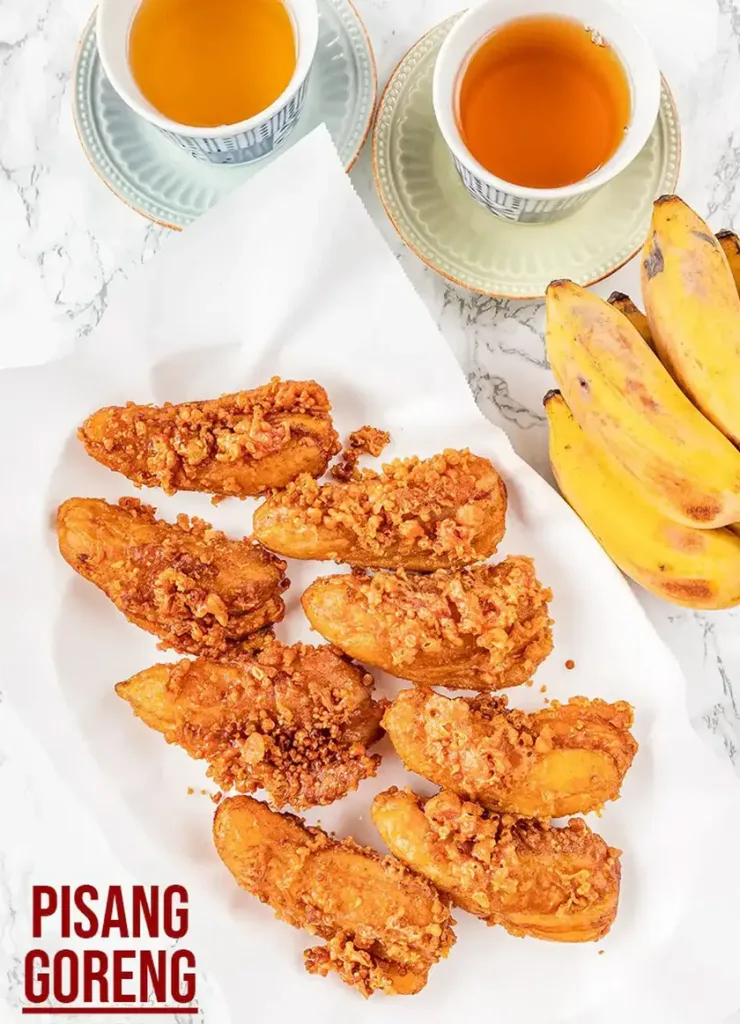
Kuih Ketayap
Kuih Ketayapis a popular Malaysian dessert that combines the flavors of pandan infused crepes and a sweet coconut filling.
The crepes are made using pandan juice, giving them a vibrant green color and a fragrant aroma.
They are then filled with a mixture of grated coconut cooked with palm sugar and sometimes a hint of pandan.
The result is a delightful treat that’s both visually appealing and deliciously sweet.
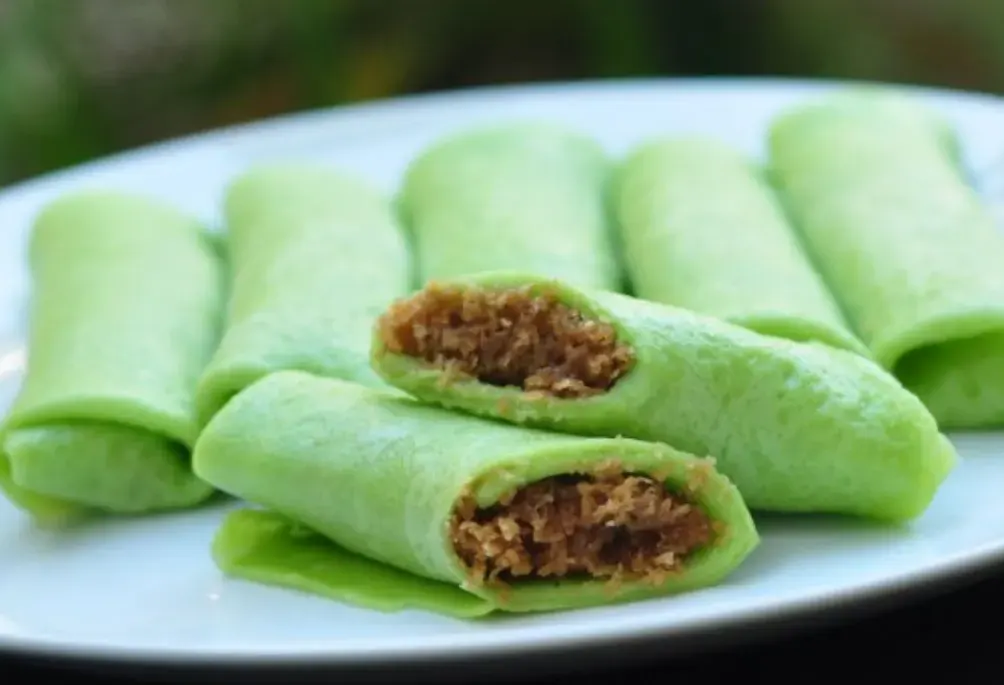
Ikan Bakar
Ikan Bakar translates to “grilled fish,” and it’s a dish that showcases the essence of Malaysian cuisine’s bold flavors.
Fresh fish, often marinated in a blend of spices, turmeric, and sometimes tamarind, is grilled over an open flame.
The grilling imparts a smoky flavor that enhances the natural taste of the fish.
Ikan Bakar is typically served with a spicy sambal and is a popular choice at seaside stalls and restaurants.
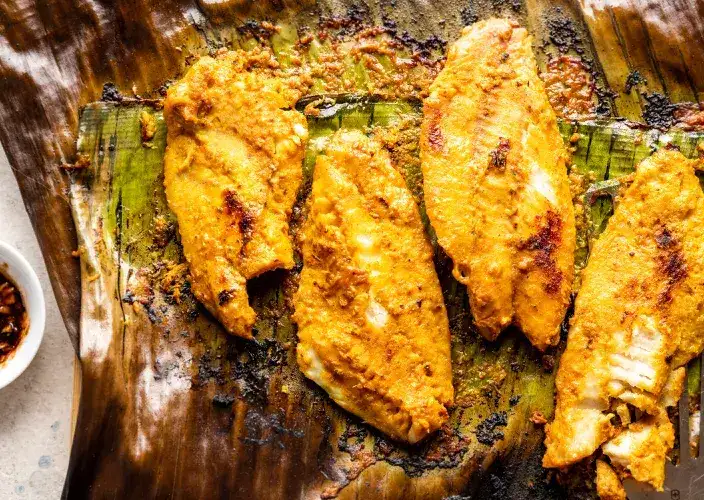
Kolo Mee
Kolo Mee is a popular noodle dish that hails from the Malaysian state of Sarawak.
It features springy egg noodles tossed with a medley of ingredients such as minced meat (usually pork), char siu (barbecued pork), and sometimes prawns.
The dish is typically seasoned with a light soy based sauce and accompanied by a bowl of clear soup.
Kolo Mee exemplifies the harmony of flavors and textures that Malaysian cuisine is known for.
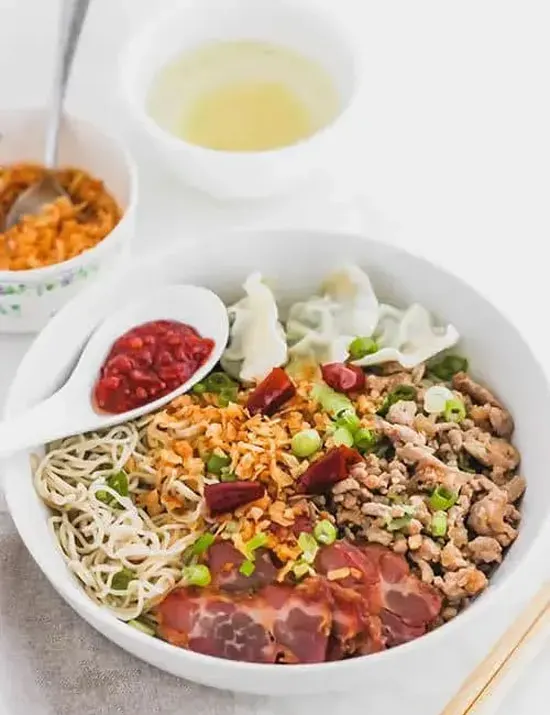
Nasi Dagang
Nasi Dagang is a traditional dish from the northeastern states of Malaysia, particularly Kelantan and Terengganu.
It features a combination of steamed glutinous rice and white rice, cooked with coconut milk and fenugreek seeds, giving it a unique flavor and aroma.
The rice is often served with a rich and flavorful fish curry, along with sides like hard-boiled eggs, pickled vegetables, and grated coconut.
Nasi Dagang is a testament to the regional diversity of Malaysian cuisine.
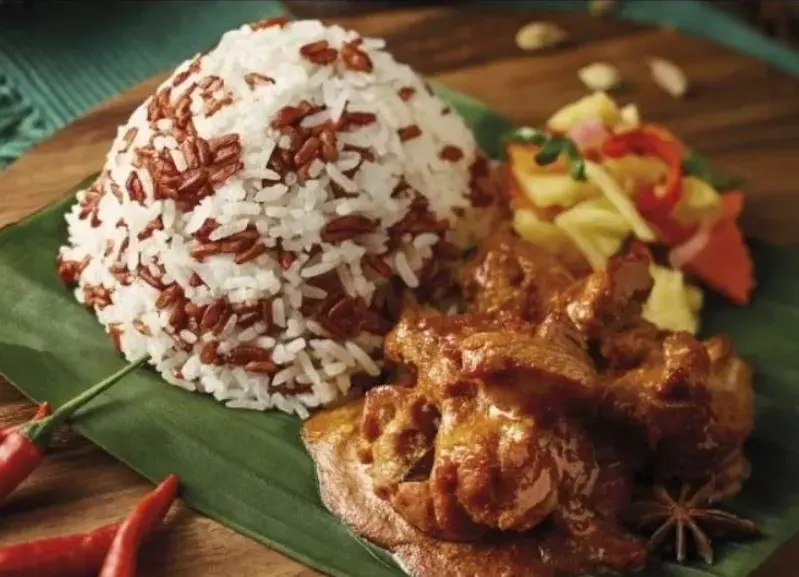
Final Thoughts
Malaysia has been popular for its culture, and it wouldn’t be wrong to say that their cuisine will capture millions of hearts.
For this reason, we have added Malaysian recipes that are a unique combination of different flavors and tastes.
Our collection of Malaysian recipes is something to meet everyone’s flavor preferences as well as their dietary requirements.
On top of everything, every recipe has a unique aroma with a mouthwatering flavor that will make you try a new dish every other day.

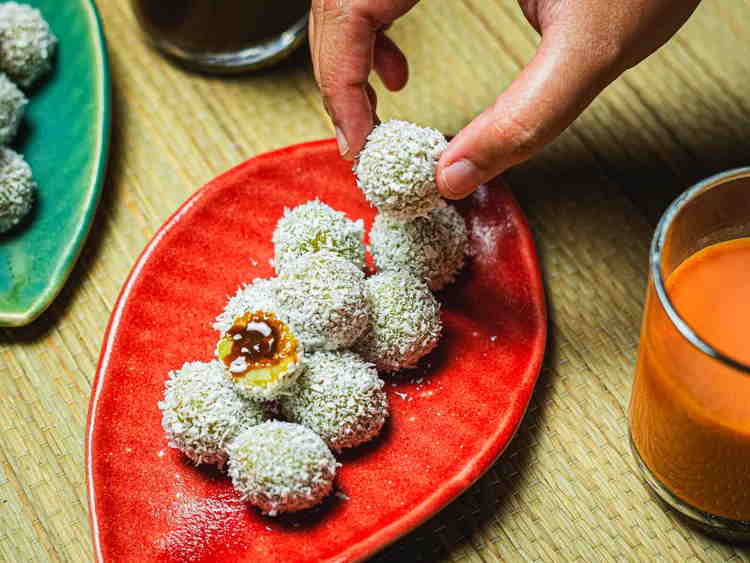
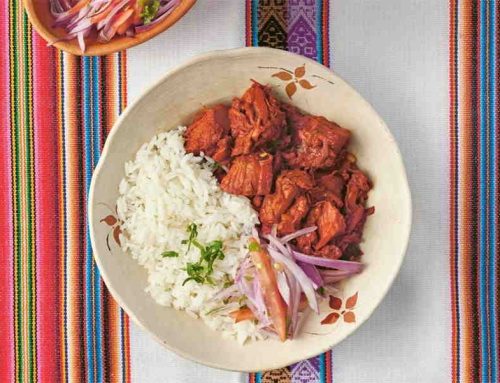

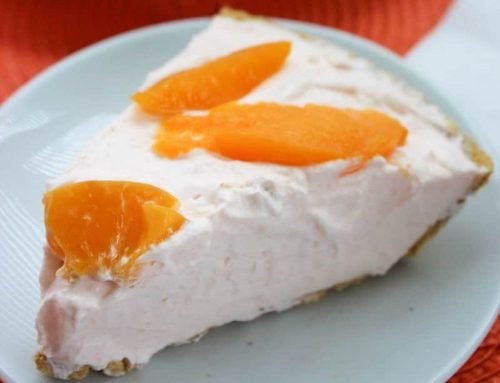
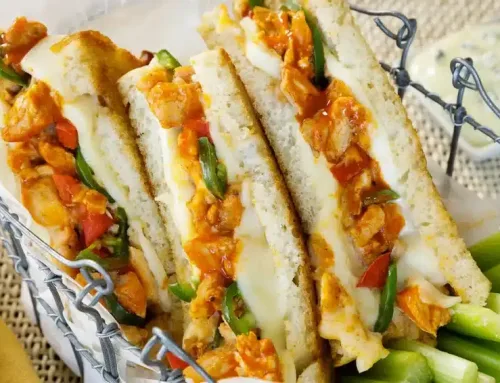
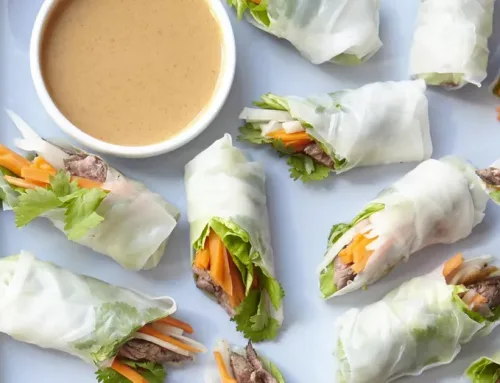
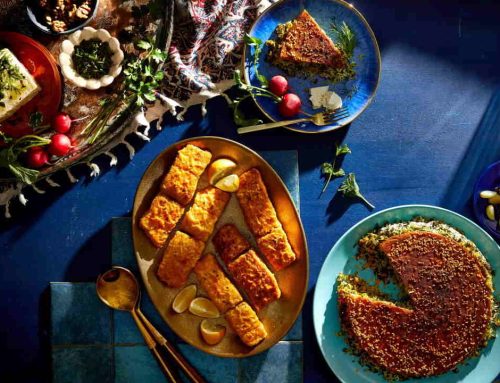

Leave A Comment